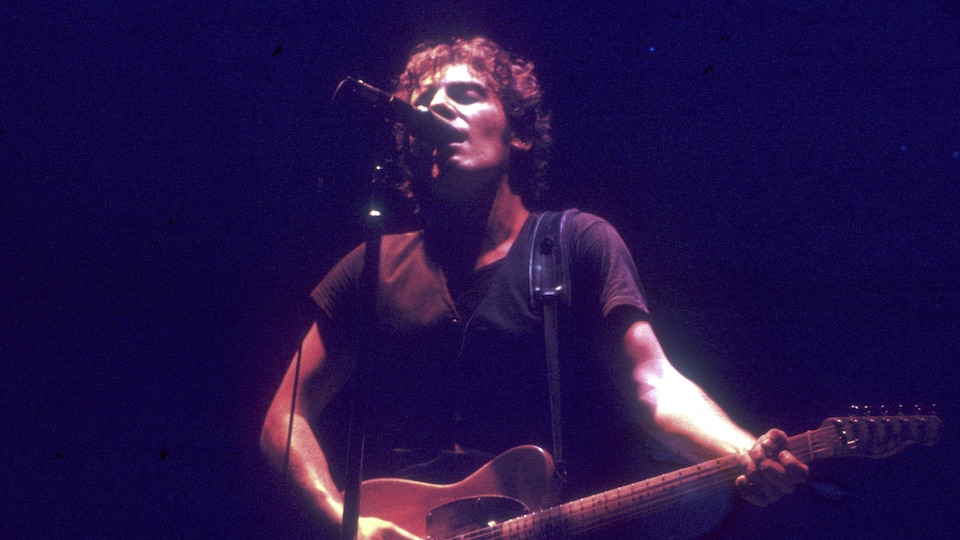Fifty years ago, in the Columbia Records office of legendary talent scout John Hammond there sat a tanned, scruffy 22-year-old kid from New Jersey, armed with only his buddy’s acoustic guitar and a bravado threatening to buckle. Given the go-ahead from Hammond, the young man apprehensively launched into his first song. “I had skin like leather and the diamond-hard look of a cobra…,” and that was all it took. After a few more songs, a live show, and a meeting with label president Clive Davis, Bruce Springsteen was officially Columbia’s newest artist.
At the budget-friendly 914 Studios in Blauvelt, New York, he set out to record his debut studio album, Greetings from Asbury Park, N.J. Despite Hammond and Davis viewing him as a folk singer-songwriter and the second coming of Bob Dylan, Springsteen persuaded the higher-ups to let him record with a band. “I worked to find something that was identifiably mine,” he said of Greetings. Pals Vini Lopez and David Sancious, along with E Street mainstay Garry Tallent, came together to help Springsteen cultivate this identity. (Steven Van Zandt also had a cameo on one song). They cut the record in three weeks.
But that initial recording was dismissed by Clive Davis for lacking any “hits” or songs that he thought would receive radio play. The critique was warranted because it spurred Springsteen into writing “Spirit in the Night” and the record’s most-identifiable track, “Blinded by the Light” (covered by Manfred Mann’s Earth Band in 1976), for the final cut of the album. It also allowed him time to secure beloved Big Man, Clarence Clemons, on saxophone for the two tracks.
Cutting his teeth playing in countless dive bars up and down the Jersey Shore and venturing into New York City for gigs had provided Springsteen with plenty of material for his first record. Similar to “Spirit” and “Blinded,” songs like “Does This Bus Stop At 82nd Street?” and “It’s Hard to be a Saint in the City” are vignettes capturing all the characters and scenes he encountered on the way.
In “Growin’ Up,” he also draws from personal experience, this time as the rebellious outcast uncomfortable with authority. He taps into a more emotional side with the heartbreaking, atypical love song “For You” and pens a tribute to a veteran returning from war to a crumbling American dream in “Lost in the Flood.” While they may be different thematically, each song on the record is crafted with the same intricate wordplay of an unfettered poet.
“The lyrics and spirit of Greetings came from an unself-conscious place. Your early songs emerge from a moment when you’re writing with no sure prospect of ever being heard,” Springsteen wrote in his 2016 memoir Born to Run. “Up until then, it’s been just you and your music. That only ever happens once.”
Although it received favorable reviews from critics and peaked at 60 on the Billboard charts, Greetings failed to make waves after its release in January 1973. Now, however, it’s considered a favorite amongst many Springsteen fans and was named one of the best debut albums and one of the greatest albums of all time by Rolling Stone. Had casual music fans in the early ‘70s paid attention, they would have discovered a solid body of work that is the genesis of the brilliance that would arrive in the following years.
-Brooke Luna
Photo: Getty Images




0 comments on ““Greetings from Asbury Park” At 50”